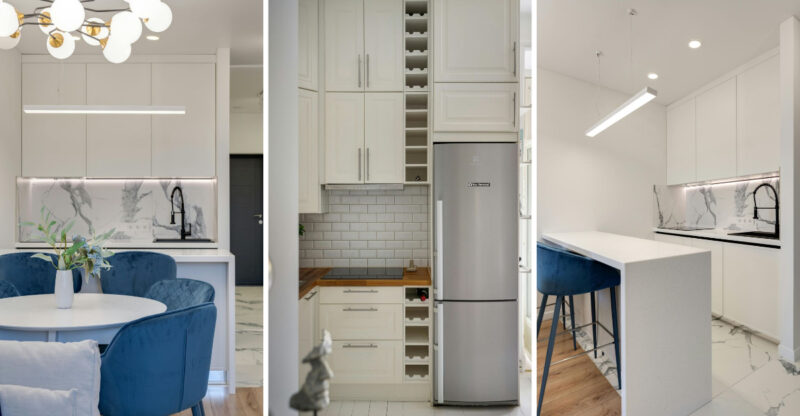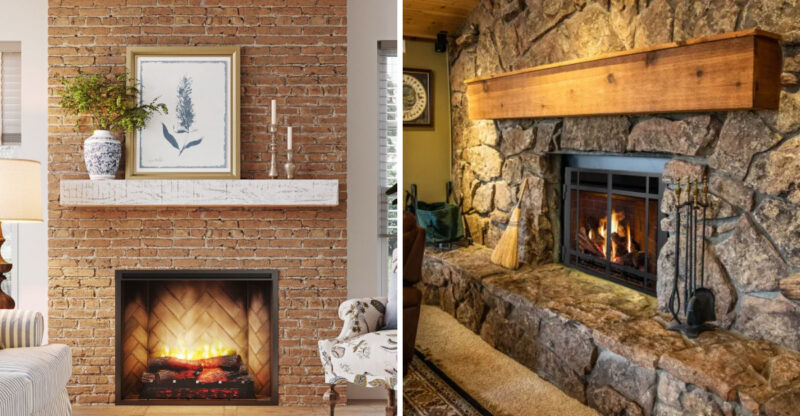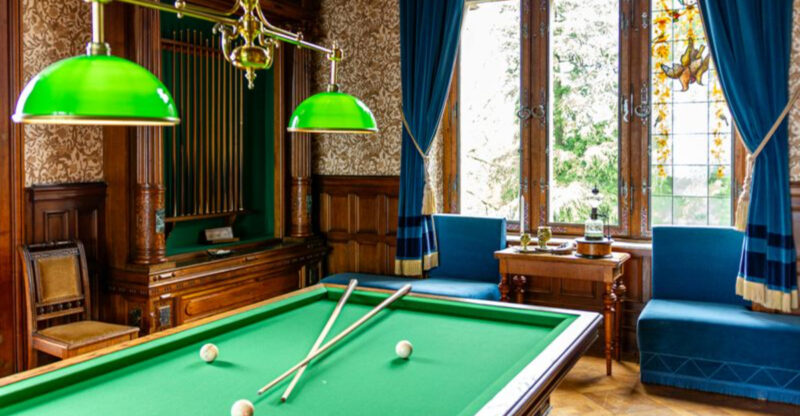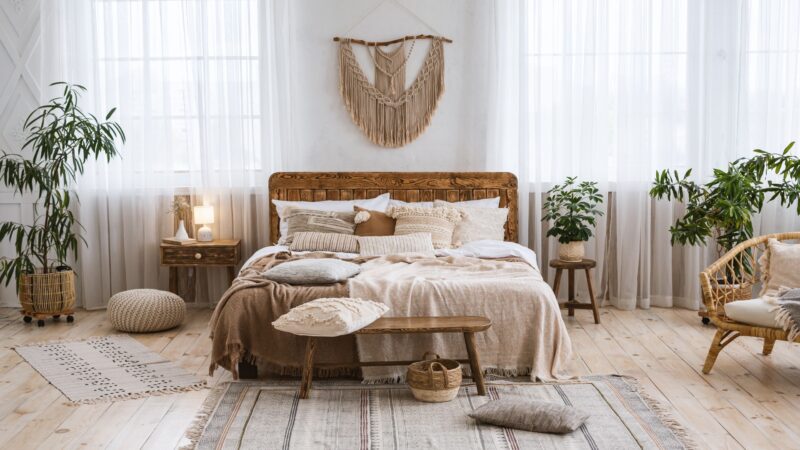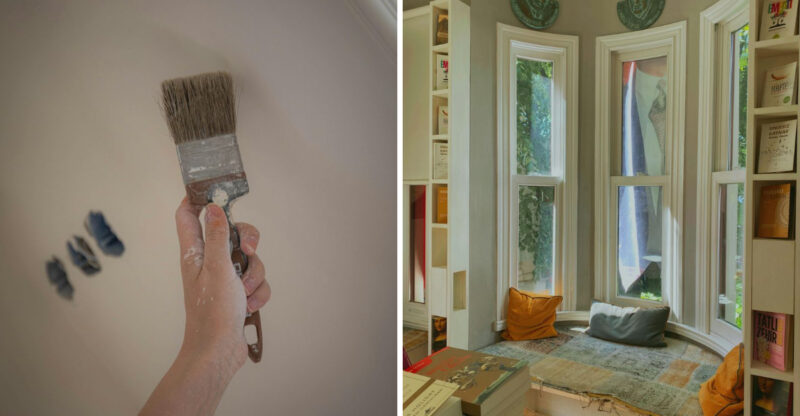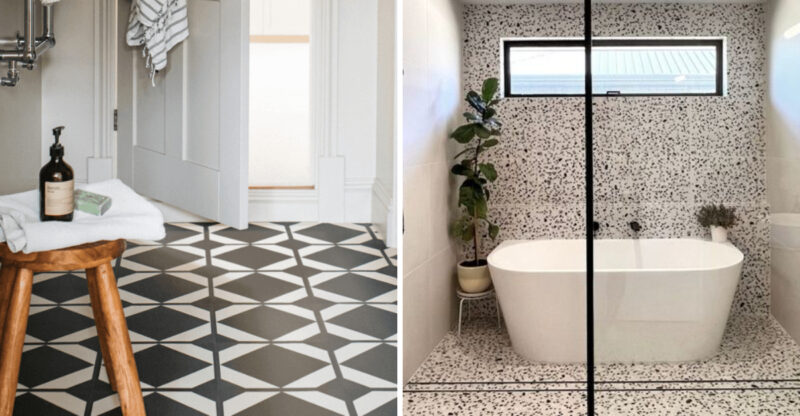12 Kitchen Features That You May Choose To Avoid
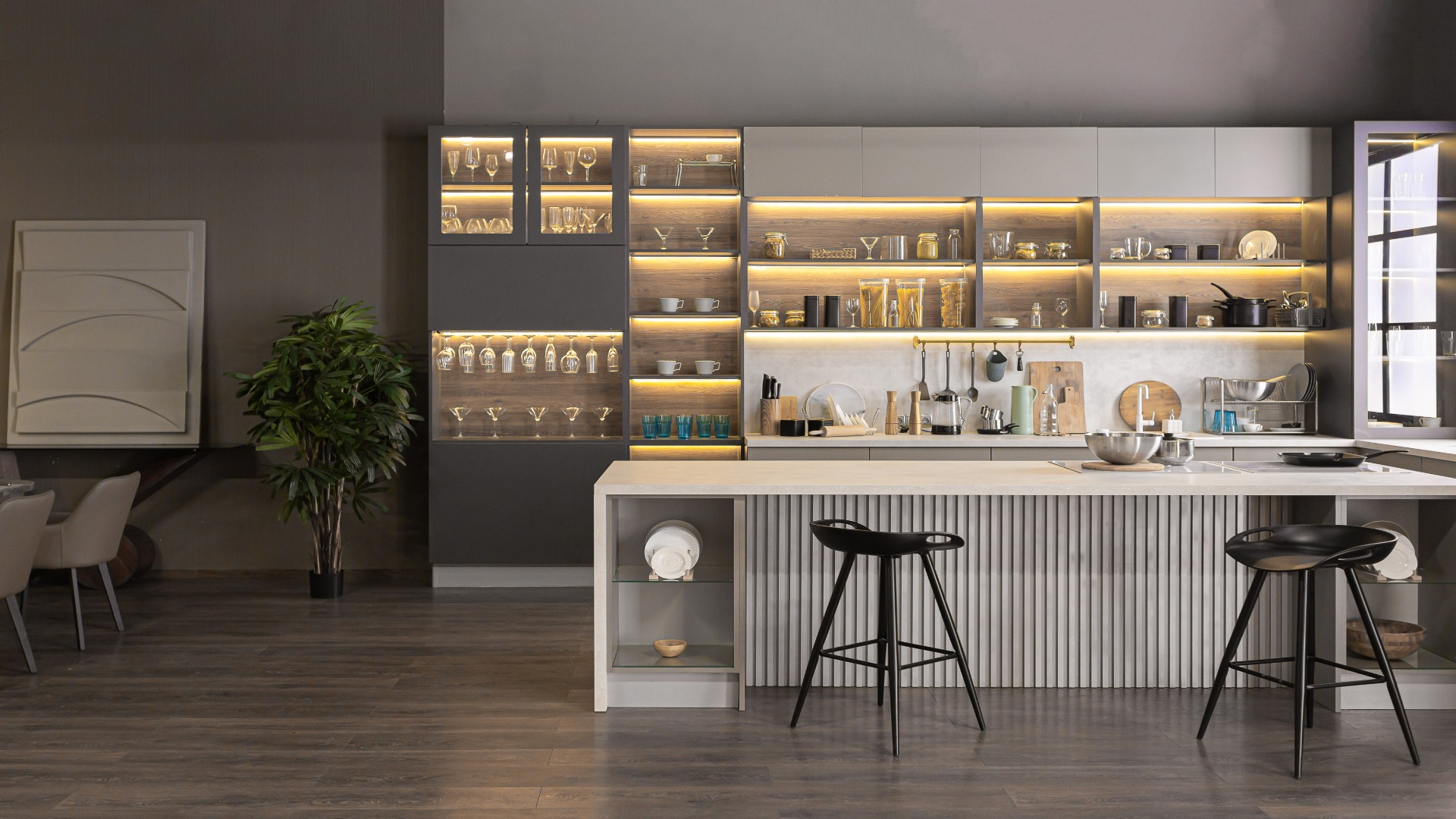
When designing your dream kitchen, it’s easy to get swept away by stunning photos in magazines and online inspiration boards. But not every trendy feature delivers on its promise in real-life use.
Before finalizing your kitchen plans, consider these potentially problematic design elements that might cause more frustration than function in your daily cooking space.
This article is for informational purposes only. Design preferences and needs vary by household. Consult professionals before making major kitchen decisions.
1. Overly Trendy Cabinet Colors
Bold turquoise or sunshine yellow cabinets might look amazing on Pinterest, but consider how they’ll feel five years from now. Trendy colors often date quickly, making your kitchen look outdated before its time.
Neutral cabinets with colorful accessories allow for easier style updates without major renovations. You might appreciate the flexibility of neutral cabinets later, especially if style preferences change over time.
2. High-Maintenance Countertop Materials
Marble countertops grace magazine covers for good reason – they’re gorgeous. However, their porous surface stains easily from wine, citrus, and tomato sauce. Regular sealing becomes another chore on your to-do list.
Consider whether you’ll truly baby your counters or if you’d prefer materials like quartz that stand up to real-life cooking messes without the maintenance headaches.
3. Open Shelving Everywhere
Those perfectly styled open shelves on design shows hide a dusty truth: they require constant cleaning and organizing. Every coffee mug and cereal box sits on display, which may lead to visual clutter unless kept organized.
Most families find a mix of closed cabinets with a few strategic open shelves provides the best balance. Save open shelving for displaying your prettiest pieces rather than everyday essentials.
4. Excessive Decorative Molding
Ornate crown molding and detailed cabinet trim might seem elegant, but they create countless nooks where grease and dust collect. Kitchen environments are naturally prone to sticky residue from cooking.
Simpler, cleaner lines are not only more modern but significantly easier to wipe down. When grease meets intricate carving, you’ll need tiny brushes and plenty of patience to keep surfaces truly clean.
5. Poorly Placed Lighting Fixtures
Stunning pendant lights hanging too low over islands become head-bumping hazards. Recessed lighting placed without thought to work areas leaves you chopping vegetables in your own shadow.
Functional kitchen lighting requires careful planning beyond aesthetics. Task lighting should illuminate countertops where you work, while ambient lighting creates the overall mood without creating glare on shiny surfaces.
6. Low-Quality Or Flimsy Hardware
Cabinet handles and drawer pulls might seem like minor details, but you’ll touch them dozens of times daily. Cheap hardware quickly shows wear, loosens, or feels unpleasant in your hand.
Drawer slides and hinges matter even more – nothing frustrates like drawers that stick or cabinet doors that won’t close properly. Quality hardware costs more upfront but prevents daily irritations and premature replacements.
7. Appliances That Are Too Specialized
That built-in cappuccino station or dedicated wine fridge might seem luxurious now, but highly specialized appliances may end up being underused over time. Counter space is precious in most kitchens.
Before committing to single-purpose built-ins, honestly assess how frequently you’ll use them. Many homeowners find versatile appliances and flexible spaces serve them better as cooking habits and household needs evolve.
8. Deep Corner Cabinets Without Pull-Outs
Standard corner cabinets create frustrating black holes where items disappear forever. Without proper organizational systems, you’ll find yourself on hands and knees, fishing for that missing casserole dish.
Lazy Susans, pull-out shelving, or specialized corner drawers cost more initially but transform unusable space into functional storage. Some homeowners even prefer sacrificing a bit of storage for better accessibility throughout.
9. Too Many Open Floor Plan Elements
Completely open kitchens expose cooking messes to everyone and allow cooking odors to permeate your entire living space. The sound of running water or blenders competes with conversation or television in adjacent areas.
Consider partial walls, islands with raised sections, or strategic placement of appliances to create visual breaks. These thoughtful divisions maintain connection while providing some practical separation.
10. Large, Bulky Range Hoods
Oversized decorative range hoods can dominate your kitchen visually while creating an obstacle at head height. Some homeowners find themselves constantly ducking or maneuvering around these statement pieces.
Sleeker, more proportional ventilation options often provide equivalent function without the spatial intrusion. Consider whether the dramatic statement is worth the practical downsides before committing to a massive hood.
11. Overly Complex Smart Home Integrations
Voice-activated faucets and refrigerators with touchscreens sound futuristic but often create frustration when systems don’t communicate properly. Software updates or connectivity issues can leave basic functions temporarily unusable.
Smart features should simplify life, not complicate it. Consider which technologies truly enhance your cooking experience versus those that add unnecessary complexity to simple tasks like turning on lights.
12. Inadequate Ventilation Systems
Skimping on proper ventilation leads to greasy residue on cabinets and persistent cooking odors throughout your home. Recirculating hoods that don’t vent outside merely filter some particles without removing moisture or odors effectively.
Professional-grade cooking especially requires professional-grade ventilation. The initial investment in proper ducting and a quality hood prevents long-term damage to surfaces and maintains better indoor air quality.

